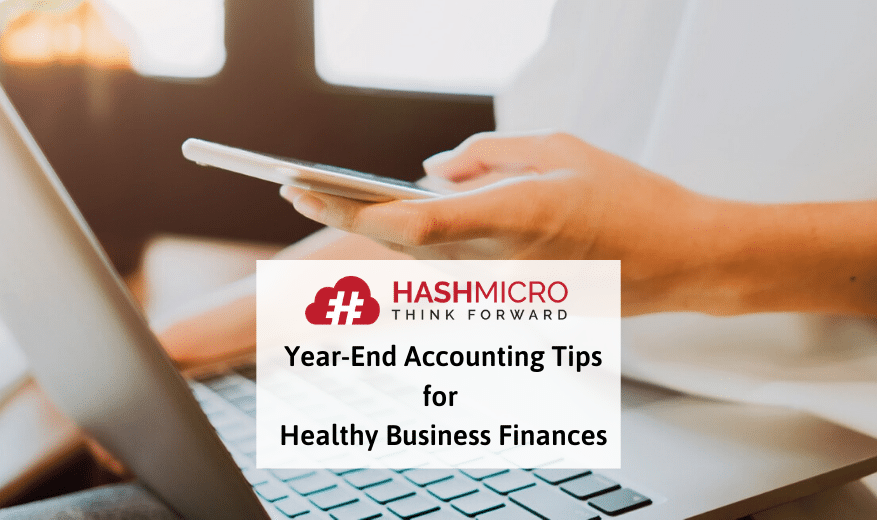Year-end accounting procedures must be carried out after the financial year ends, but before the financial statements are prepared. Although these procedures may be stressful, they have to be done rigorously to achieve accurate results. These results will then help you determine your business financial position and make the right financial plans for next year.
Here are a few year-end accounting tips that you can apply to your company for healthy business finances!
1. Get All Your Invoices Paid
Before preparing your year-end financial statements, make sure you have sent statements to the right clients and remind them of their unpaid invoices. Check if you have any open sales orders or active projects that aren’t billed yet, and send out your invoices for them.
Unfortunately, not all clients pay their bills on time. Sometimes, you have to repeatedly remind them and even resend them their invoices. Without an automated system, collecting payments can be so wearying, because your accountants have to check every invoice, find each client’s information, and generate invoices manually.
Therefore, we recommend you to streamline those processes by using an e-Invoicing system. This tool maintains all your billing documents digitally, updates the payment status right away, allows you to create recurring invoices instantly, and enables you to send payment reminders automatically. You can directly send payment reminders to your clients by email through the system
2. Record Your Expenses
In addition to settling your accounts receivables, you also need to make sure that you have paid all your debts. Collect all bills from your vendors and make sure that they are all paid.
Also, make sure that every expense is well recorded, including employee salaries and taxes. Keeping expense records in a pile of paper will certainly make it difficult for you to track them down, moreover these documents are easily lost or damaged. Thus, you should consider using the right accounting app so that all your financial transaction records are safely maintained.
3. Evaluate Inventory & Calculate Your Asset Depreciation
If you are a retailer, performing stock taking is critical to verify the quantity and quality of the inventory on hand. This will also help you find out the condition of your items, whether they are suitable for sale, how many of them are obsolete, and so on. It’s best if you use a stock management system that allows you to automatically perform this process.
If you do not sell goods, then you must still evaluate all the assets that belong to your company. Know how much your assets have been depreciated so that you can record the values in your books. Find out how to calculate depreciation of fixed assets in this article:
Fixed Assets & Depreciation | Accounting Principles
4. Automate Your Year-End Accounting Processes
Remember that you highly depend on your year-end financial statements to help you make business decisions next year, so make sure that your accounting data is complete and accurate. HashMicro’s Accounting Software comes with a sophisticated reporting tool, which helps you generate accurate financial reports instantly. This software also allows you to quickly reconcile bank accounts, forecast your cash flow, calculate depreciation of assets, and manage all your transactions securely in a single centralized repository. Get free demo now!
How to Choose the Best Accounting Software for Year-End Closing
Selecting the best accounting software for year-end accounting is crucial to ensure accurate financial reporting and compliance. Look for software that offers automated bookkeeping, real-time reporting, and tax calculation features to simplify the closing process. Integration with other financial modules, such as payroll and inventory, also helps streamline data consolidation and reduces errors during audits.
HashMicro’s Accounting Software provides a comprehensive solution with AI-powered financial analysis, automated journal entries, and compliance-ready reporting. With cloud accessibility and real-time updates, businesses can efficiently manage year-end accounting tasks while minimizing the risk of miscalculations. Learn more about how the right accounting software can simplify your year-end financial closing here.
Warning: Undefined array key "med" in /home/hashmicr/public_html/blog/wp-content/plugins/insert-headers-and-footers/includes/class-wpcode-snippet-execute.php(419) : eval()'d code on line 281


































